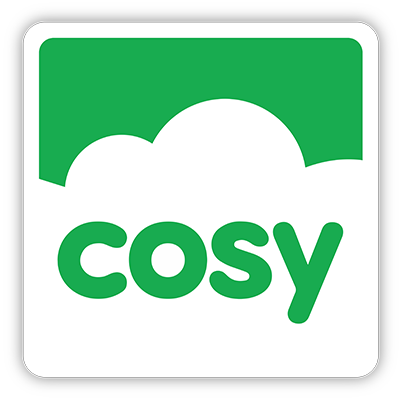Ramps, channels and tunnels
Last week I told you that schemas are my secret to creating invitations that engage and entice young children. This is because children have an innate curiosity about the world and how things work; through repeated patterns of play children explore, theorise and learn. Recently I have been adding ramps, channels and tunnels to many of the invitations I provide as a way to enhance and expand schematic thinking.

I have added them to the sand tray, as part of water exploration and alongside a range of different readily available resources such as pom-poms and balls. What’s more, I have used them all the way through the setting from babies to preschool and seen engagement with every age and stage. I am always on the look out to maximise resources by selecting items that can be used in many different ways with many different children; ramps, channels and tunnels are a staple.

Babies and young children enjoy the simple act of rolling items down ramps and fitting items within tunnels, these early experiences give babies and young children opportunities to explore concepts of trajectory, rotation, enveloping and enclosing; all of which are integral for future learning.
Older children, who have already had the opportunity to explore schematic play will use the ramps, channels and tunnels to deepen their understanding; they might already know what will happen when they roll a ball down a ramp and have theories about other objects that they want to test out.

Through these super engaging resources children will deepen their mathematical thinking as they explore concepts of space, shape, speed and amounts. Communication and language will be enhanced through how and why questions, for example skilled practitioners might scaffold by asking, ‘I wonder what will happen if we use a block’, or ‘I wonder what will happen if we put a bucket at the bottom of the ramp.’

Furthermore, there are lots of really simple ways to add further challenge to your exploration of ramps, channels and tunnels by putting them at different levels and talking about what might happen or turning a channel upside down and talking about how the water or sand travels differently. Check back next week to see my 5 favourite ways of using ramps, channels and tunnels.

Written by Laura England
Shop Our Top 5 Sand and Water Resources!


